The Whimbrel, Numenius phaeopus, is the most widespread of the curlew species. These majestic birds nest in the Arctic, across North America and Eurasia, and can be found wintering on the coasts of six continents. Until a few years ago, where they stayed at night during sections of their Atlantic migration remained a mystery.
Felicia Sanders, a biologist for the South Carolina Department of Natural Resources, had a suspicion that a lot of whimbrels used coastal islands as critical way stations on their long migratory journeys. It turns out, she was right! In May 2019, Felicia and a team of researchers confirmed that approximately 20,000 Whimbrels were roosting at night on Deveaux Bank, a small island just 20 miles south of Charleston. The team documented similar numbers again in 2020.
This single flock includes nearly half of the declining shorebird’s estimated eastern population: a staggering spectacle hiding in plain sight, near a large metropolitan area. The findings were recently published in the peer-reviewed scientific journal Wader Study. “This,” says John Fitzpatrick, the longtime executive director of the Cornell Lab of Ornithology, “was one of the most mind-blowing discoveries in the history of 20th- and 21st-century ornithology.”
Whimbrels are large shorebirds known for their down-curved bills suited to plucking fiddler crabs from muddy burrows. Like many shorebirds, they migrate incredible distances, facing threats including habitat loss and overhunting along the way. In the last 25 years, Whimbrels declined by two-thirds across the Atlantic Flyway, the eastern portion of their population. The discovery of a roost of this size is of critical importance to successfully protecting this increasing rarity.
Deveaux Bank Seabird Sanctuary is closed year-round above the high-water line, apart from areas designated by signs for limited recreational use. Dogs and camping are prohibited year-round. At high tides and at night, the birds flock together for safety. They prefer isolated offshore refuges like this, where disturbances from people and predators are minimal. It helps when people understand the reason for closures and the conservation issues surrounding these birds.
Audubon South Carolina spearheaded a Shorebird Stewards Program that engages a growing group of trained, dedicated individuals. These volunteers patrol high-traffic beaches to help protect coastal birds by educating visitors about how to share the shore. Several of these volunteers are Charleston County Parks Master Naturalist Program graduates, which inspires citizens to promote environmental stewardship within their communities. When such a large proportion of Whimbrels and so many other shorebirds depend on a single small island, it is imperative that people respect and appreciate places like Deveaux from a distance.
In 1968 Baba Dioum stated “In the end we will conserve only what we love; we will love only what we understand; and we will understand only what we are taught.” Thanks to biologists like Felicia, agencies like SC Department of Natural Resources, Audubon South Carolina and programs like Master Naturalist, we CAN and WILL build a conservation community where love is all around us!

